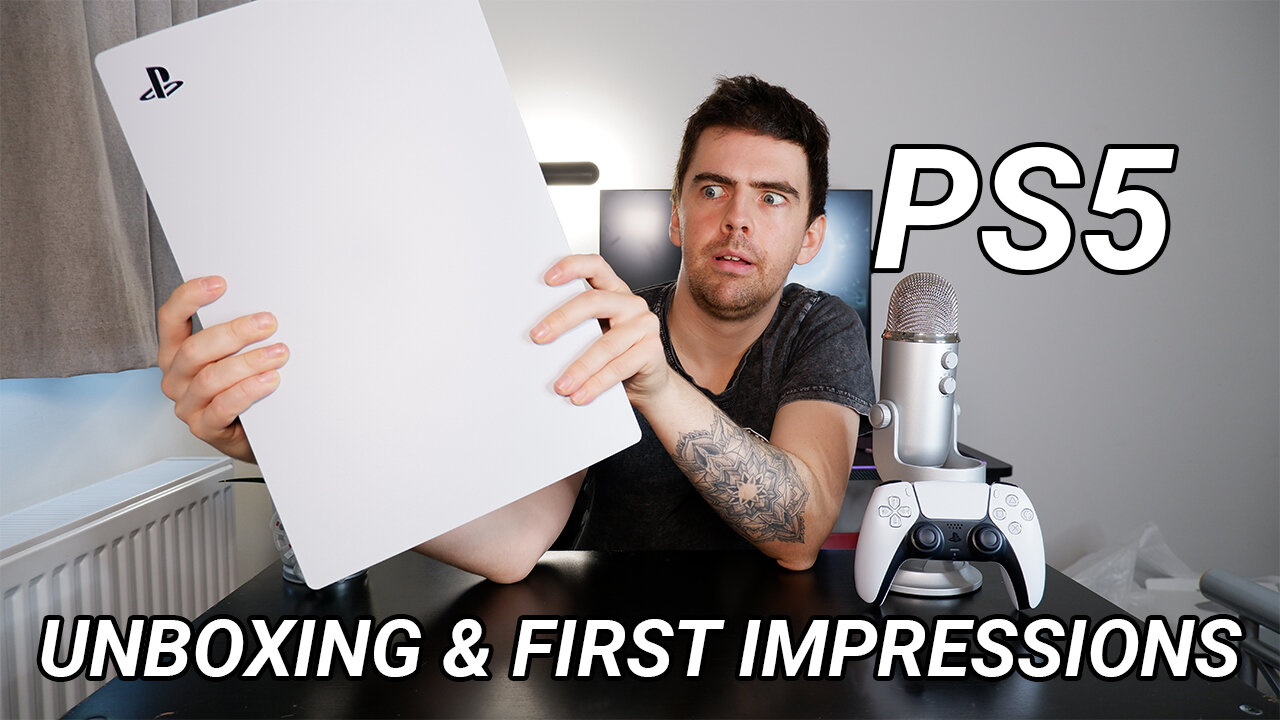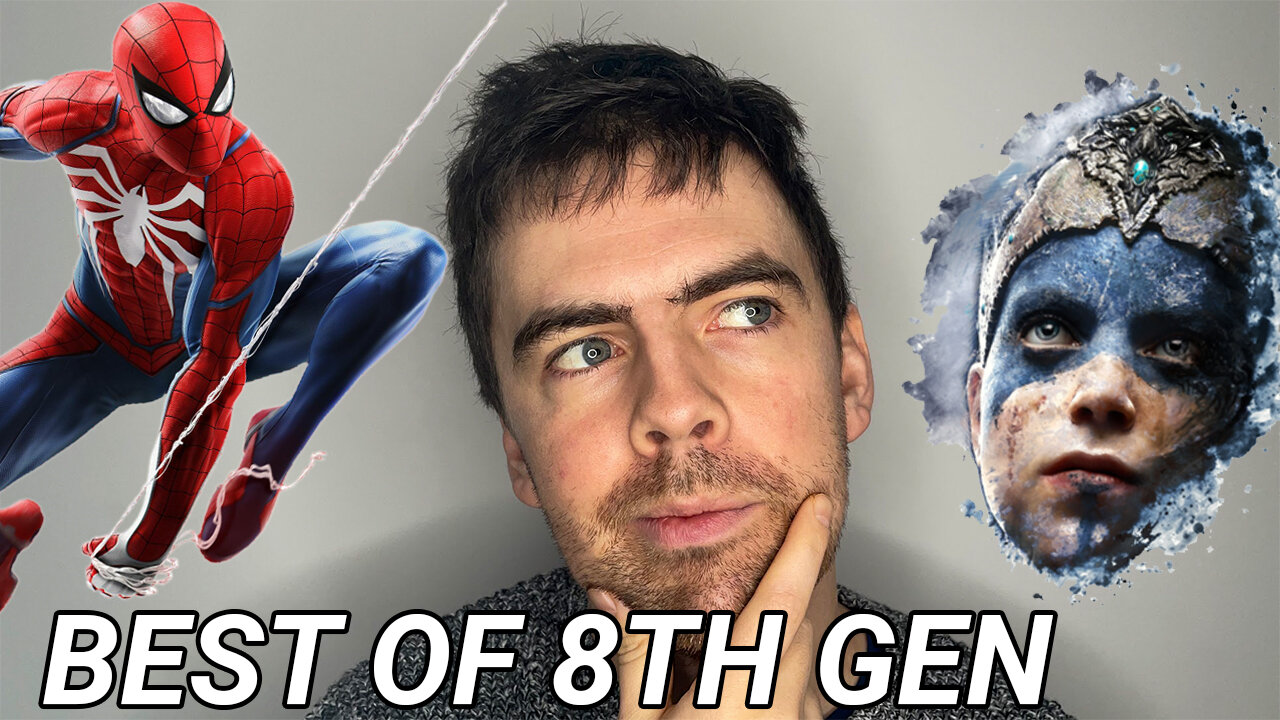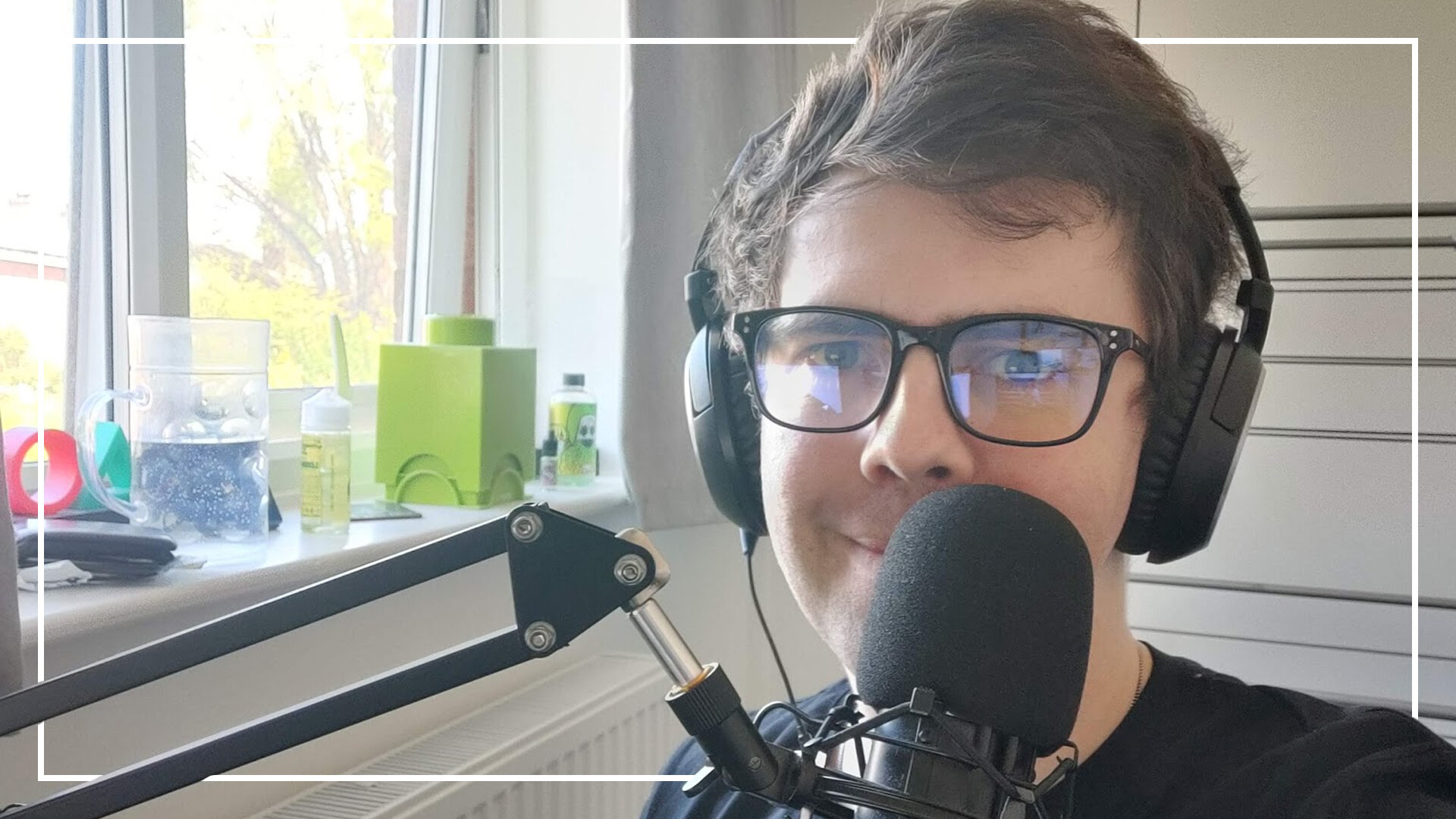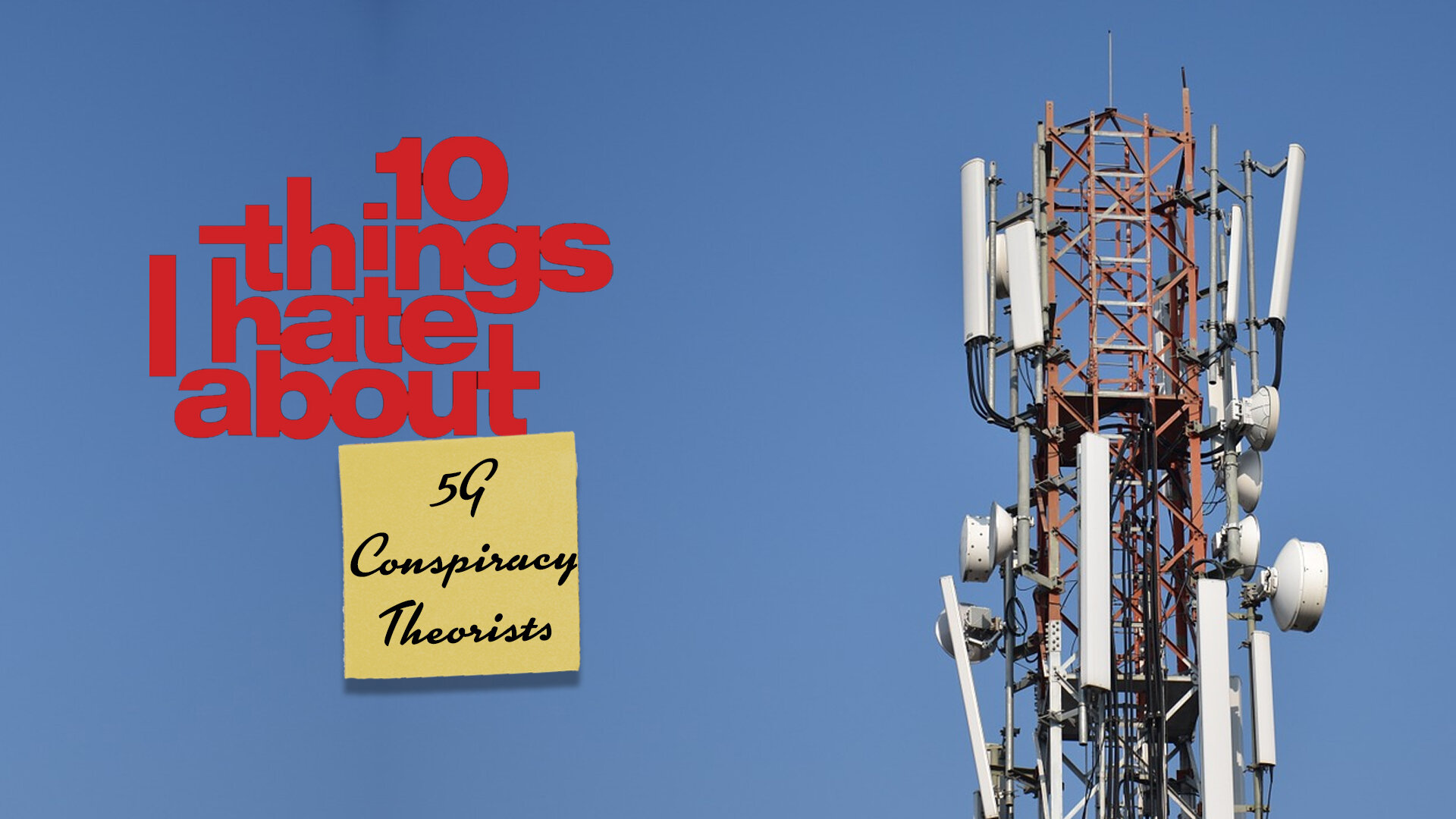Scientists Create A Quantum Simulator Capable of Entanglement
It’s everyone’s favourite misunderstood science, Quantum Physics! The National Institute of Standards and Technology (NIST) have created a quantum simulator. With it, they’re able to generate quantum entanglement in about 10 times as many ions as they ever have before.
What’s quantum entanglement? Speaking as very much the layperson here, it is when a set of atoms are linked together in such a way that the state of one will affect the other, no matter the distance between us. It’s damn fascinating stuff – and fodder for several shoddy works of sci-fi over the years – and the implications of it are massive.
The simulator is made of 219 beryllium ions (charged atoms) in the form of a flat crystal 1 millimeter in diameter. It is the largest such simulator ever created, and the scale of it allows for researchers to achieve more than they ever have before.
“Here we get clear, indisputable proof the ions are entangled,” NIST postdoctoral researcher Justin Bohnet says. “What entanglement represents in this case is a useful resource for something else, like quantum simulation or to enhance a measurement in an atomic clock,”
The ions in the simulator act as quantum bits (qubits) to store information. To give another gross oversimplification, think of a quantum bit as like a bit of binary data in a computer. All the information in a computer is made up of millions upon millions of bits all held in either state 1 or state 0. Quantum bits are the same thing, only with far more potential.
For example, quantum simulators can be used to study how the universe began, or how to engineer atom-scale heat engines or hasten the creation of more advanced supercomputers. And that’s without even stretching one’s imagination. With a complex enough quantum state machine you’ve essentially got the tools of creation, fully-customizable. But we’ll need more than a 1 millimeter crystal before we get to that.
As of now, the crystal is being used to model quantum systems at sizes conventional computers can’t process.
“Once you get to 30 to 40 particles, certain simulations become difficult,’ says Bohnet. "That's the number at which full classical simulations start to fail. We check that our simulator works at small numbers of ions, then target the sweet spot in this midrange to do simulations that challenge classical simulations. Improving the control also allows us to more perfectly mimic the system we want our simulator to tell us about."
Right now, their experiments haven’t gone far beyond confirming the existence of quantum entanglement. By using laser to influence the “spin” of the ions’ electrons, the physicists noted that unentangled ions collapsed into a simple spin state with random fluctuations. Entangled ions collapsed together, however, confirming their bond.
With the data gathered from this crystal, NIST paves the way for ever larger, more complicated quantum simulators. It won’t be long before we can utilize quantum mechanics to profound effect. Maybe by then sci-fi writers will have learned to stop using it as a “get out of explaining things free” card.











Alongside the scientists, 50% of the British public and the future health of young people across the nation, I have one simple request: delay Freedom Day, please.